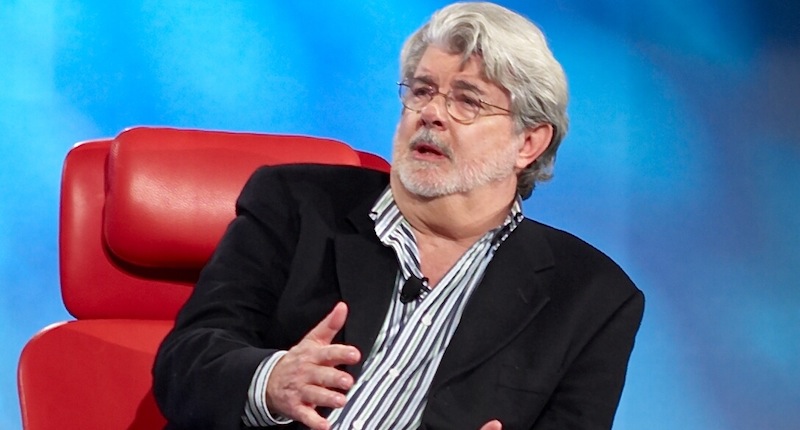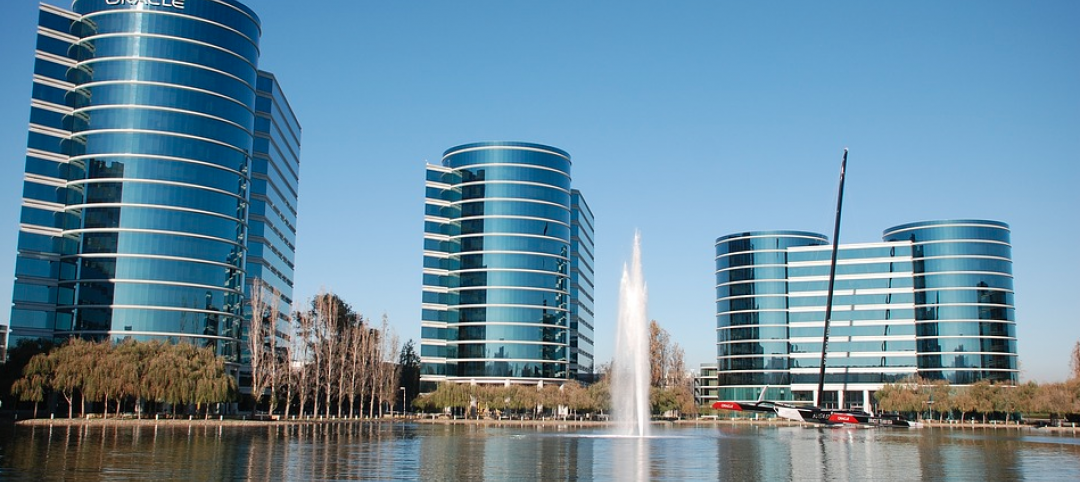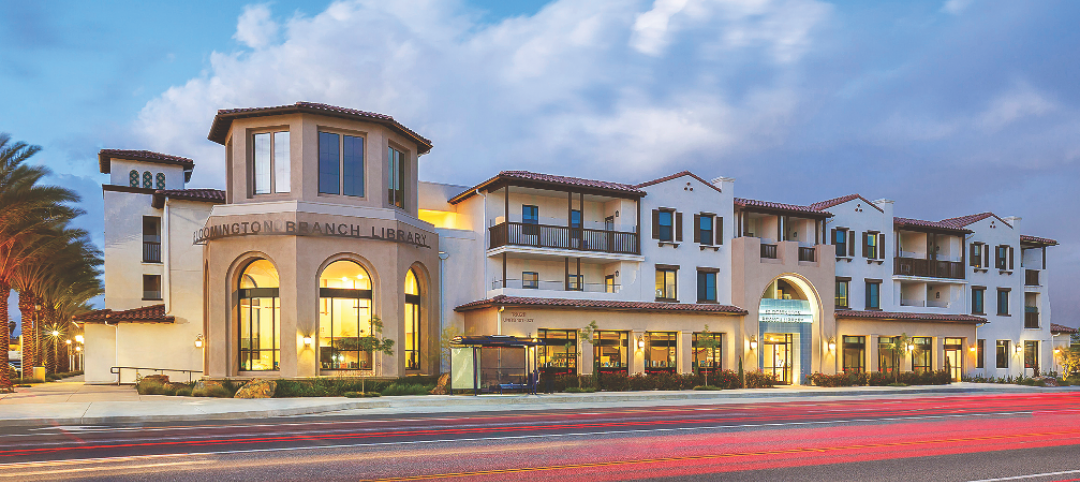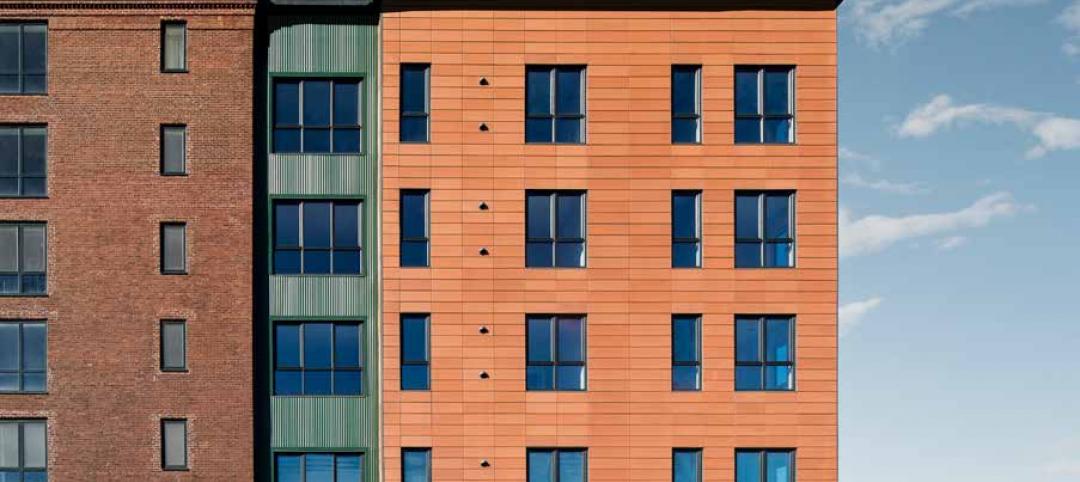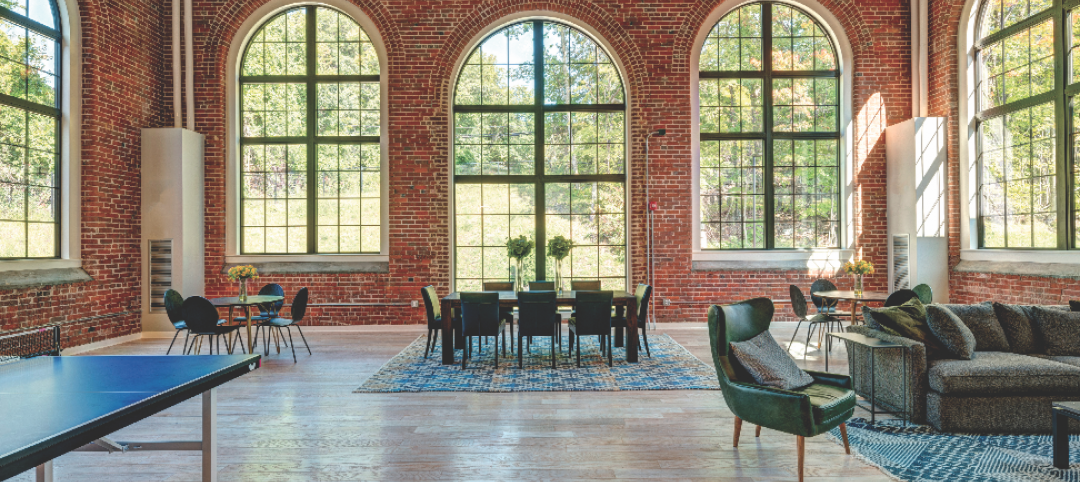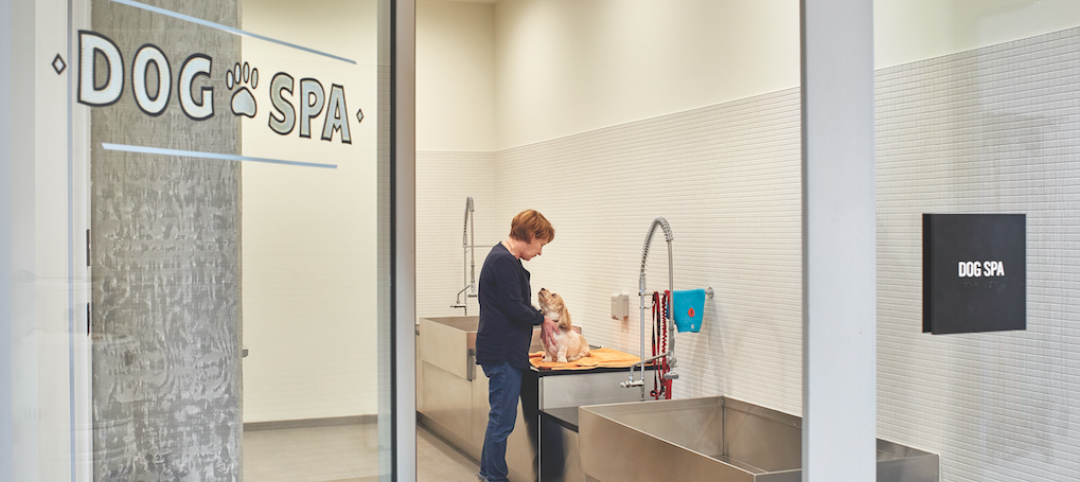“Star Wars” creator George Lucas has submitted plans to the Marin County (Calif.) Development Agency to build 224 units of affordable workforce and senior housing on 52 acres at Grady Ranch.
This proposal is the latest broadside in an ongoing battle between Lucas and residents of this affluent neighborhood who, in the past, have blocked Lucas’s efforts to expand his production company, Lucasfilms. Two years years ago, Lucas also encountered opposition to his plan to sell land at Grady Ranch to a developer for affordable housing.
Lucas, who has owned land in Marin County since 1978 (that property is called Skywalker Ranch), said he would build the housing himself, but that project lost its financial backing in 2013. The Marin Independent Journal reported at the time that the costs for the project would fall somewhere between $120 million and $150 million.
Now, Lucas—whom Forbes estimates is worth $5.1 billion—says he will finance 100% of the housing project, according to Gary Giacomini, former county supervisor and an attorney for Skywalker Properties.
The initial reactions to Lucas’s latest proposal have been mixed, with one local supervisor worrying about the “cumulative impact” of a project that large on the community. Other supervisors see the proposal as an opportunity to make a dent in the county’s shortage of affordable housing. Thomas Peters, CEO of the Marin Community Foundation, called Lucas’ plan an “extraordinary offer” that underscores the filmmaker’s commitment to the housing needs of the vibrant workforce that drives the region’s vitality. (Ironically, the Foundation was the financial backer that bailed on Lucas’s housing plans two years ago.)
Lucas’s proposal call for 120 two- and three-bedroom workforce rental homes in one four-story cluster and two two-story clusters. There would also be 104 one- and two-bedroom residences for seniors in a four-story cluster, according to the Independent Journal. Zoning at Grady Ranch allows for up to 324 homes at this site, which is where Lucas had originally intended to expand his studio facilities.
The architect for this project is Robert W. Hayes of Sausalito, and the project is being coordinated and managed by PEP Housing of Petaluma, which developed Toussin Senior Apartments, an affordable complex that Hayes had designed.
Applicants for the workforce housing need to be earning less than 80% of the market’s median household income. The seniors applying for housing need to fall within 30% and 60% of that median. Quoting Census estimates, the Washington Post reports that 7.7% of the county’s residences live below its $90,839 median income level.
Related Stories
| May 30, 2018
Accelerate Live! talk: An AEC giant’s roadmap for integrating design, manufacturing, and construction
In this 15-minute talk at BD+C’s Accelerate Live! conference (May 10, 2018, Chicago), Skender CEO Mark Skender and Chief Design Officer Tim Swanson present the construction giant’s vision for creating a manufacturing-minded, vertically-integrated design-manufacturing-build business model.
| May 30, 2018
Accelerate Live! talk: From micro schools to tiny houses: What’s driving the downsizing economy?
In this 15-minute talk at BD+C’s Accelerate Live! conference (May 10, 2018, Chicago), micro-buildings design expert Aeron Hodges, AIA, explores the key drivers of the micro-buildings movement, and how the trend is spreading into a wide variety of building typologies.
Codes and Standards | May 30, 2018
Silicon Valley cities considering taxes aimed at large employers
The aim is to offset the impact on housing costs and homelessness by tech companies.
Multifamily Housing | May 30, 2018
Concentrated redevelopment: Apartment complex takes mixed use to the next level
An “intergenerational” mixed-use apartment complex may be a prototype for reenergizing neglected neighborhoods in America’s largest county.
| May 24, 2018
Accelerate Live! talk: Security and the built environment: Insights from an embassy designer
In this 15-minute talk at BD+C’s Accelerate Live! conference (May 10, 2018, Chicago), embassy designer Tom Jacobs explores ways that provide the needed protection while keeping intact the representational and inspirational qualities of a design.
BD+C University Course | May 24, 2018
Building passively [AIA course]
17 tips from our experts on the best way to carry out passive house design and construction for your next multifamily project. This AIA CES course is worth 1.0 AIA LU/HSW.
Multifamily Housing | May 23, 2018
Yankee Dandies: Century-old New England mills become multifamily residences
Having long outlived their original uses, two century-old New England mills have become valuable community assets once again—as multifamily residences.
Multifamily Housing | May 16, 2018
Pampering the pups: Why dog-washing stations are a must-have in multifamily developments
Self-serve dog-washing stations are reinforcing strong bonds between multifamily residents and their beloved canines.
Mixed-Use | May 16, 2018
Los Angeles mixed-use building uses prefabricated wood frame to reduce costs
SPF:architects designed the building.
Multifamily Housing | May 14, 2018
Yardi Matrix report shows U.S. rent surge in April
Year-over-year rent growth leaders in April were Orlando, Fla., Sacramento, Calif., Las Vegas, Tampa, Fla., and Phoenix.


